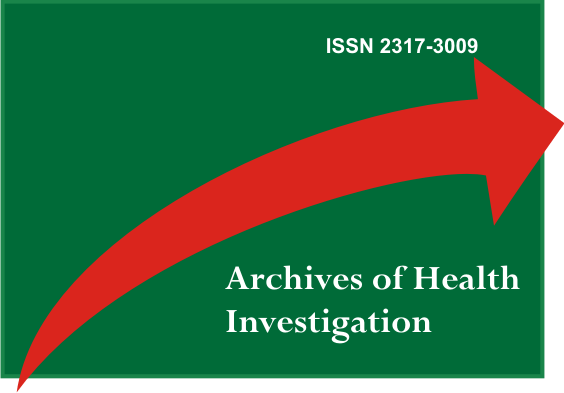Zer oo6 - Pre-eruptive movements of posterior mandibular teeth: a tomographic study in non-human primate Sapajus spp
Resumo
Pre-eruptive phase of tooth eruption comprehends three directional dislodgements of dental germ during its development toward a final positioning between the roots of the deciduous predecessor. Few studies on the pattern of bone resorption and apposition during this phase have been described, and usually in mouse, which is considered a poor model for humans as it develops only one set of teeth. This tomographic study aimed at the description of pre-eruptive movements in non-human primate. Fourteen offsprings of capuchin monkeys (Sapajusssp) that had accidental death were destined for the Tufted Capuchin Monkey Procreation Center. The mandibles were dissected and immediately immersed in 10% buffered formalin solution. The CT images were obtained and analyzed in coronal, sagittal and axial sections with the use of On Demand 3D program. Coronal sections disclosed an initial development of tooth germ as a radiolucent semi lunar thickening contiguous to the lingual pericoronal space of the predecessor deciduous tooth. In the sequence, oval crypts of tooth germs gradually occupied a central position in the mandible, with lingual opening of the gubernacular canal. Vertical positioning remained stable during the mandible development, whose increase in height occurred at the expense of alveolar growth. Deciduous tooth germs had oblique position in sagittal sections during the eruptive phase, with the occlusal surfaces facing toward the posterior direction. Permanent molar tooth germs developed in the opposite direction. The area occupied by the three posterior deciduous teeth remained stable as no diastema was observed. Conclusions: permanent tooth germs have an expansive growth in stable vertical position; the antero-posterior growth of the mandible body occurs at the expense of its base but not in the alveolar bone in the region of posterior deciduous teeth; differently from humans, diastemas do not occur in the primary posterior dentition in this non-human primate.Descriptors: Tooth Eruption; Tooth Germ; Tomography.
Downloads
Não há dados estatísticos.
Downloads
Publicado
2017-12-30
Como Citar
Kanno, C., Oliveira, J. de, & Vieira, J. (2017). Zer oo6 - Pre-eruptive movements of posterior mandibular teeth: a tomographic study in non-human primate Sapajus spp. ARCHIVES OF HEALTH INVESTIGATION, 6. Recuperado de https://archhealthinvestigation.com.br/ArcHI/article/view/2384
Edição
Seção
Patologia e Propedêutica Clínica


